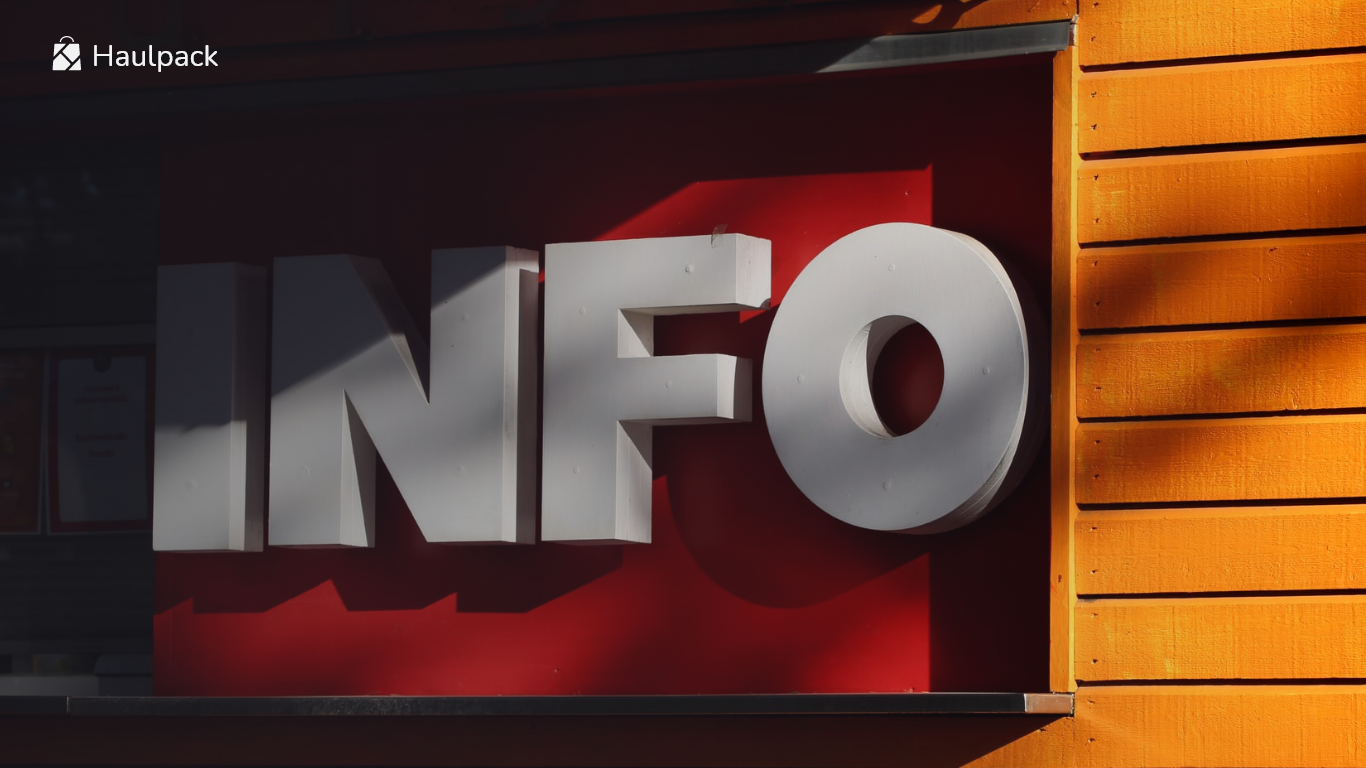ASCI Influencer Marketing Guidelines:

India’s Advertising Standards Council (ASCI) has made new amendments to the guidelines for impressive marketing in 2025. The intention of making such amendments is to ensure transparency, authenticity, and consumer protection in various fields such as fashion, technology, beauty, health, finance, and food. In this blog, we will see important amendments along with the argument behind the success and reliability of all the concerned, the arguments behind the compliance with the new law by the affected brands, and the oppressors.
What is ASCI?
Effective Date: 14th June 2021
The Advertising Standards Council (ASCI) in India is a self-regulatory organization to ensure that the advertisements in India are honest, legal, and decent. The ASCI plays an important role in the survey of the impressive market to protect consumers affected by placing a check on advertising practices and maintaining moral standards in the profession.
Guidelines for Influencer Advertising in Digital Media as issued by ASCI. Here are some definitions to familiarise yourself with the guidelines
Key Definitions in ASCI Guidelines for Influencer 2025
-
Influencer: A person who influences their audience’s purchasing decisions or opinions through authority, knowledge, or a strong relationship with their followers.
-
Virtual Influencer: A computer-generated character that mimics human influencers but is entirely fictional.
-
Material Connection: Any relationship, whether paid or unpaid, between a brand and an influencer that could influence the influencer’s promotional content. This includes gifts, discounts, or free products.
-
Digital Media: Refers to social platforms, blogs, mobile apps, OTT platforms, and any form of communication conducted via the internet.
ASCI Guidelines for Influencer Advertising 2025
1. Clear disclosure:
- Influencers should clearly label any payment, sponsored, or talent material.
- A disclosure should appear, even if there is no monetary exchange (eg, a gift or a free product).
- The permissible disclosure labels include: ad, sponsored, partnership, gifts, and cooperation.
- Best Practice: The revelations should be upfront and prominent, not hidden in bios or comments. Always use platform-specific tools (eg, Instagram’s ‘paid partnership’ tag).
2. Responsibility:
- Both impressive and brands share responsibility for proper disclosure.
- Advertisers should request influential people to edit or remove non-transport materials.
- Influencers should verify the claims made about products or services.
New Updates You Should Know in 2025
1. Health affected:
- No medical claims until certified professionals are involved.
- Certificates should be disclosed while promoting health-related products, supplements, or remedies.
2. Finance affected:
- There is no promise of guaranteed investment returns.
- Whether they are licensed financial advisors (eg, SEBI-Penked Advisor) should be revealed.
- These strict rules protect consumers from misleading claims, especially in the health and finance sectors.
Why ASCI Compliance Case for the Affected in 2025:
1. Build the Consumer Trust: Following the ASCI guidelines establishes confidence with your audience, showing that you are committed to moral marketing practices.
2. Legal protection: Compliance helps to avoid legal risk, punishment, or platform punishment for non-transportation.
3. Sustainable Development: Transparency increases your credibility, causing long-term brand cooperation and more impact in the market.
For more detailed information, you can refer to the full ASCI guidelines here.
Benefits of Following ASCI Guidelines 2025
1. Consumer manufacturers trust
Transparency in marketing practices strengthens confidence with the audience, leading to more authentic connections and long-term engagement.
2. Legal protection
Compliance with the ASCI guidelines reduces the risk of legal issues, punishment, or platform restrictions, protecting the affected and brands from expensive mistakes.
3. Brand increases reliability
By following the moral standards of ASCI, the affected and the brands improve their reliability, making them more attractive to future cooperation and opportunities.
4. Long-term brand improves relationships
Transparent practices increase the possibilities of long-lasting partnerships, as brands prefer to work with the affected people following moral advertising guidelines.
5. Prevents misleading material
Guidelines ensure that the affected do not promote misleading claims, especially in sensitive areas such as health and finance, and protect both the prestige of the audience and the brand.
Conclusion | ASCI Influencer Marketing Guidelines
Following the ASCI guidelines is more than only one requirement is a commitment to the creation of faith, reliability, and long-term success as an impressive. By promoting transparency and honesty, you not only protect your reputation, but also make the same, more reliable partnership with brands and audiences. In today’s developed digital scenario, there are moral marketing practices that separate true professionals. Embrace these standards in 2025 and keep yourself for permanent development and leadership in the impressive industry.






